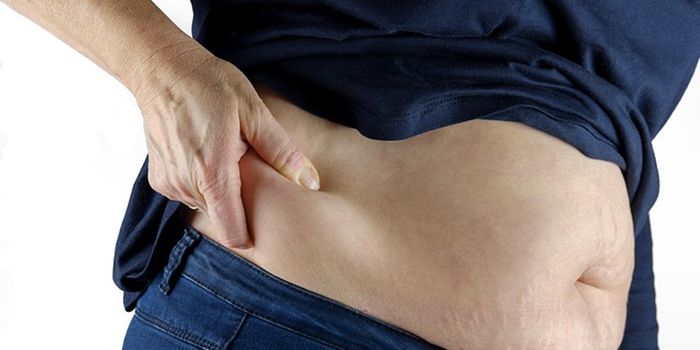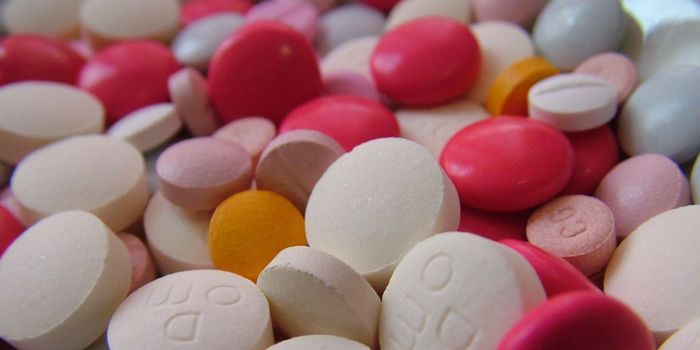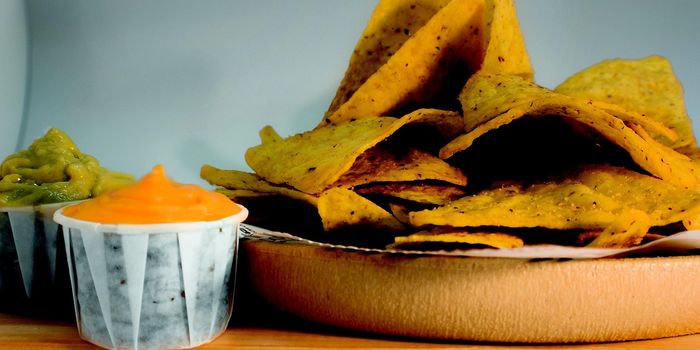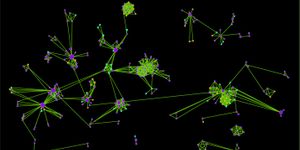The heart is a miraculous organ, beating on its own as an independent entity, yet intricately connected to the entire human body and critical for our survival. However, the heart has a weakness. Many tissues in the human body, such as skin, can regenerate to heal themselves. Once heart muscle cells are damaged by heart attack or disease, they have no process of repair. There is no longer the capability to transmit electrical impulses through the damaged tissue, causing strain on surrounding muscle and potentially fatal results.
Current clinical trials are working to use stem cells directly injected into the damaged heart to try to initiate new cell growth. Stem cells are able to begin the job, but cannot seem to completely repair and replace the damaged tissue. For unknown reasons, the heart stops incorporating the stem cells relatively soon after the damage occurs, causing them to die off and leaving an unfinished repair job. This partial repair of damaged tissue does not become fully integrated into the heart, putting more strain on the healthy heart cells that now have to work harder and less efficiently.
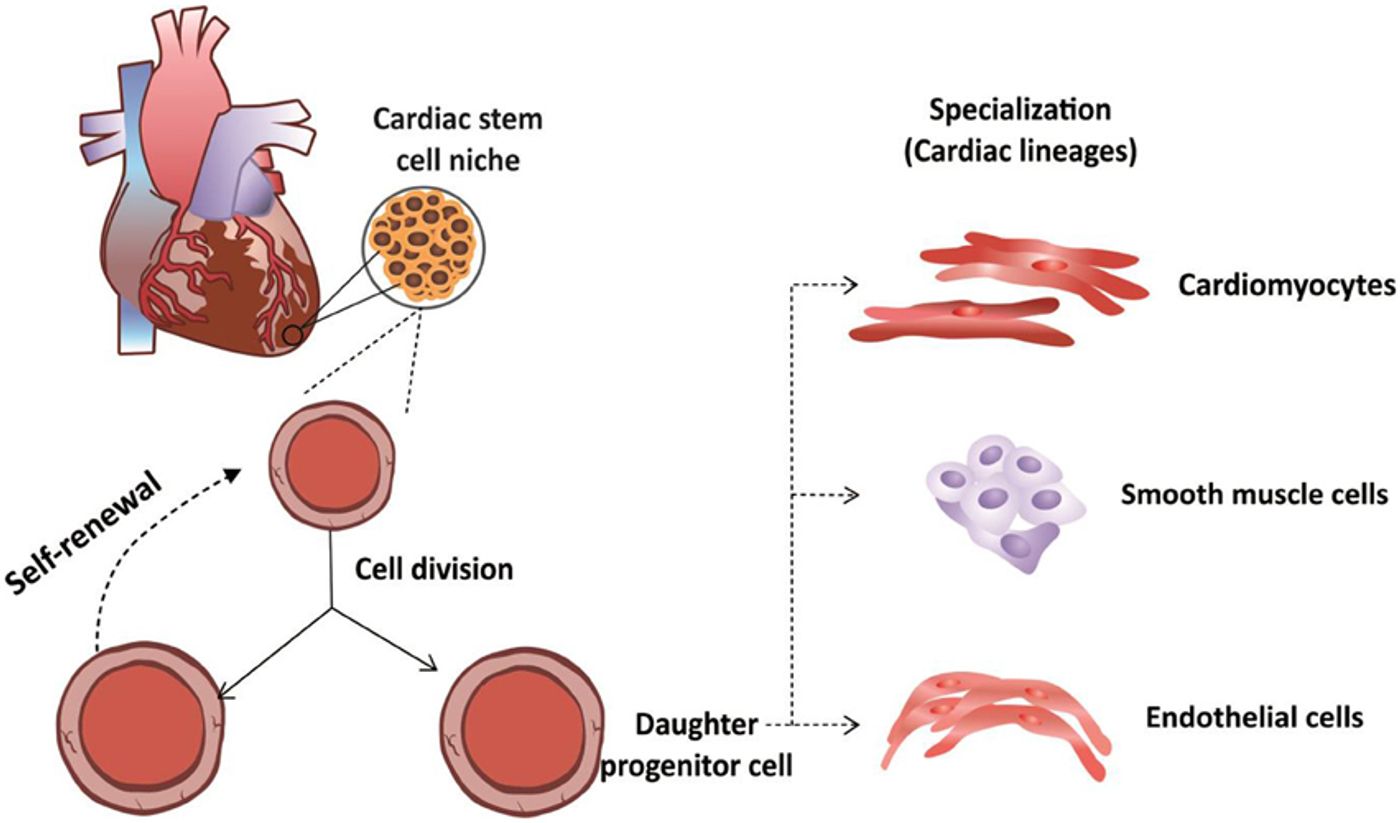
Given the recent advances in tissue engineering, where scientists are able to grow most cell types onto pre-shaped scaffolding and insert the new tissue into patients, a multi-university team believes they can create an improved solution. The team, made up of researchers from Duke University, the University of Alabama at Birmingham and the University of Wisconsin—Madison, will create and test a three-dimensional “heart patch.”
“The ability to make functional heart muscle tissue from pluripotent stem cells is crucial to directly helping a diseased heart’s functionality,” said Nenad Bursac, professor of biomedical engineering at Duke. “This is a feat that cannot be achieved using current cell sources in clinical trials because they cannot become functional cardiac muscle cells. The field is expected to benefit from use of engineered heart tissues, which is where Duke and our lab come in as leaders in the field.”
The patch can be grown from pluripotent stem cells made to closely resemble the original heart tissue. Heart tissue is complex and made of several different cell types that contribute to the structure and mechanics of the heart. Cardiomyocytes are the muscle cells responsible for contraction. Fibroblasts, making up more than half of cardiac cells in the heart, provide a structural framework. Endothelial and smooth muscle cells contribute to the blood vessels, arteries, and valves in the heart. By first engineering stem cells to grow into each of these specific cell types, the researchers can build functional heart tissue into the scaffolding.
Next steps require inserting the functional patch into the patient and ensuring the patch can integrate into the native heart blood vessels and electrical system. This solution not only allows doctors to use a patient’s own cells to tailor patches to that individual’s heart, but also provides a long term repair.
“We are very excited about this opportunity to move our longstanding research in cardiac tissue engineering toward clinical practice to help patients,” Bursac said. “Translating this approach to clinics will require overcoming several important challenges, and will demand every bit of combined expertise that Duke, UAB and UW-Madison have to offer.”
Sources:
Duke News,
NIH,
Nature



